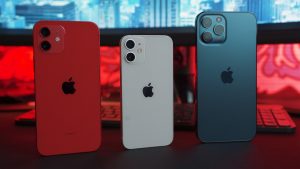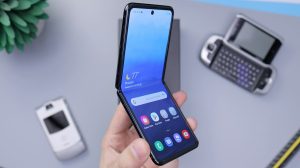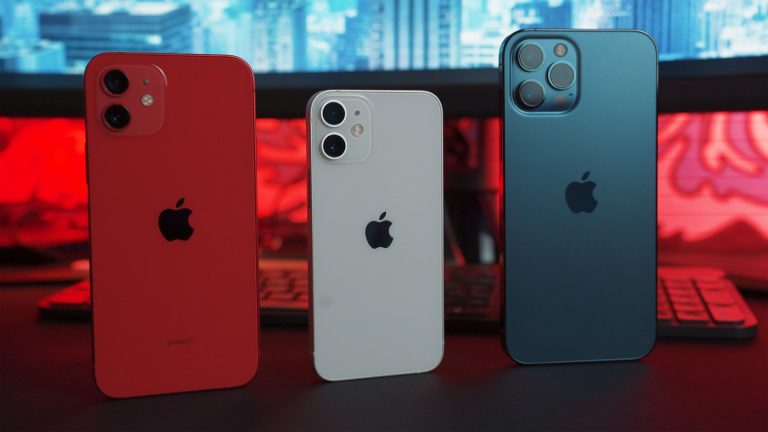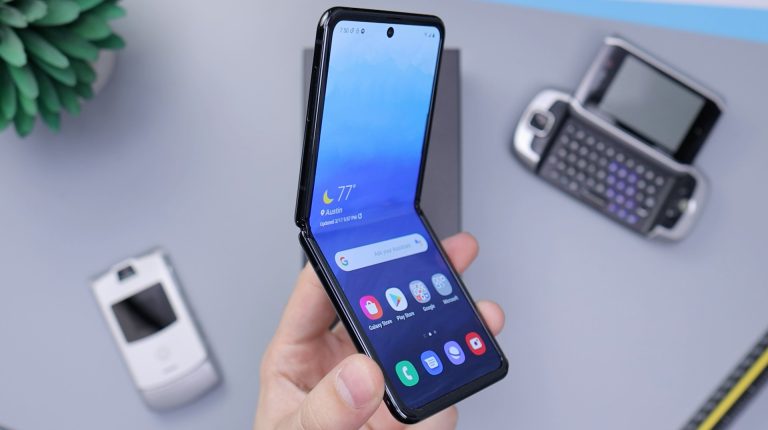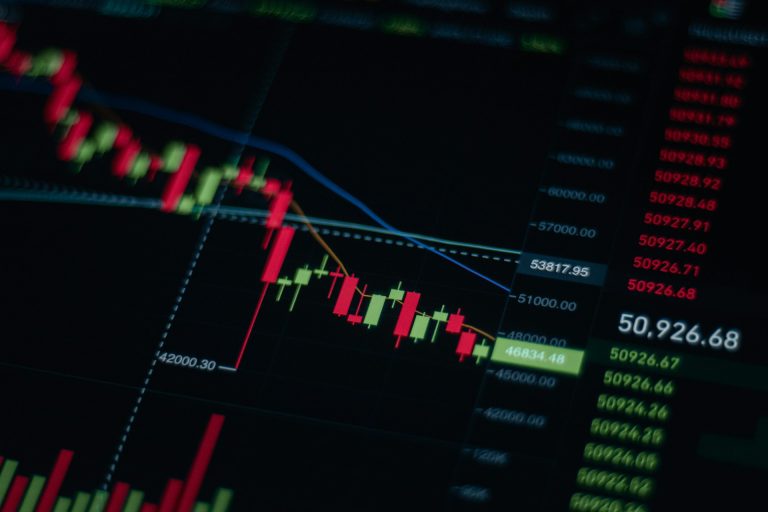Google’s 2023 smartphone lineup presented a compelling, if slightly confusing, choice for consumers. The Pixel 8 arrived as the clear flagship, armed with an improved chipset, upgraded cameras, and a host of new AI-driven software features. Concurrently, the Pixel 7a was introduced as the company’s affordable option, though its launch pricing proved controversial. With only a $100 gap separating it from the more premium Pixel 7, the 7a struggled to make a strong case for itself, fueling rumors that it could be the last of the budget-friendly “a” series.
Design and Build: Efficient Packaging
In a familiar move, the Pixel 7a adopted the established Pixel design language, featuring a plastic back and a recycled aluminum frame. Its “3D Metal Visor” camera bar matched the color of the frame. The Pixel 8, however, signaled a fresh take with softer, more curved contours and a slightly larger rear visor.
The most significant difference, however, was the overall footprint. While the Pixel 8 features a slightly larger 6.2-inch display compared to the 7a’s 6.1-inch screen, the flagship device itself is surprisingly more compact and lighter, demonstrating a more efficient and modern design.
Display: A Clear Generational Leap
The display technology marked the most dramatic difference between the two models. The Pixel 8 introduced Google’s “Actua” display, capable of hitting 2,000 nits of peak brightness, leaving the 7a far behind in terms of outdoor legibility. The flagship also pushed the refresh rate to 120Hz. While not an advanced LTPO panel—meaning users must manually toggle between 60Hz and 120Hz—it offered a much smoother experience.
The Pixel 7a’s 6.1-inch FHD+ OLED panel, while a notable upgrade over its predecessor by supporting a 90Hz refresh rate, could not dynamically switch and was visibly dimmer.
Biometrics and Unboxing
Both phones utilize in-display fingerprint scanners and photo-based face unlock. The Pixel 7a’s sensor was responsive, but its face unlock was not rated for high-security tasks. The Pixel 8, by contrast, featured a secure-rated face unlock, allowing it to be used for authenticating financial apps. Following the industry trend, neither device included a charger in the box, though the 7a did come packaged with a USB-C cable and a USB-A adapter.
Looking Ahead: Google Taps “Superfans” for Future Tests
As Google looks beyond the 8 and 9 series, it is implementing a new strategy to optimize its future hardware. The company is launching a “Trusted Tester” program, inviting 15 select “Pixel Superfans” to test the next Pixel smartphone well before its market launch.
Participants in this program are required to sign a strict non-disclosure agreement (NDA) and must use the unreleased phone in a special case when in public to conceal its design. This move is an interesting gamble, as Google must place significant trust in users it doesn’t personally know.
The device in question is believed to be the upcoming Google Pixel 10a. The goal of the program is to gather detailed feedback from Google’s most loyal users to refine the product before its official release. While an NDA is standard practice, there’s always a risk that details could be shared with the media. Then again, given the frequency of leaks surrounding new Pixel models, some analysts note that a few early testers may not tragically alter a launch that is already widely anticipated.

